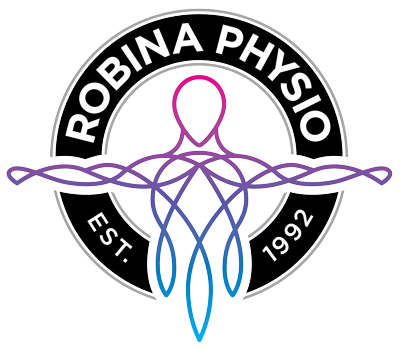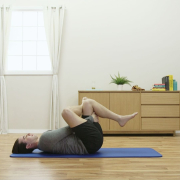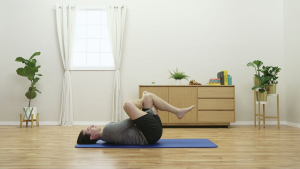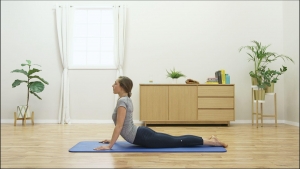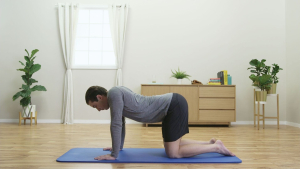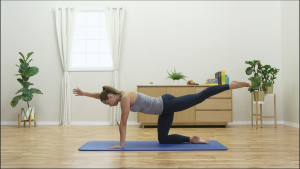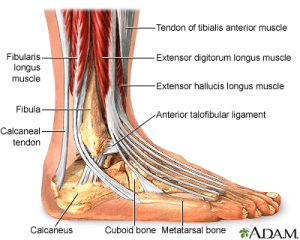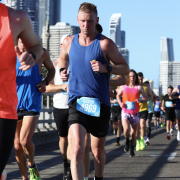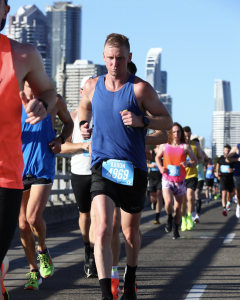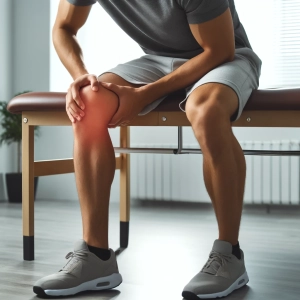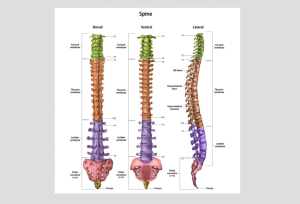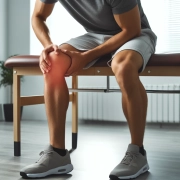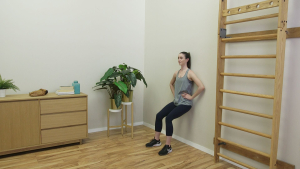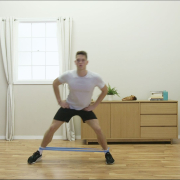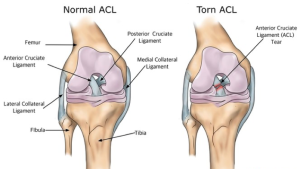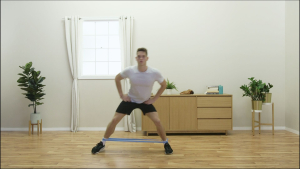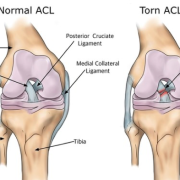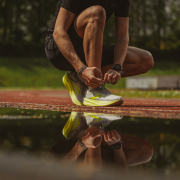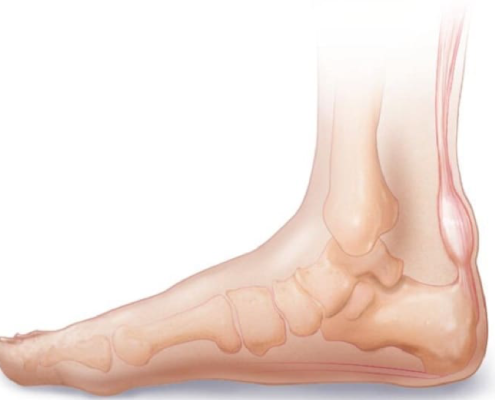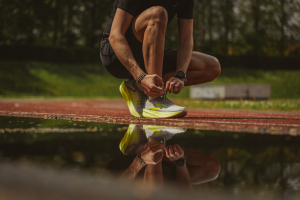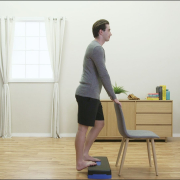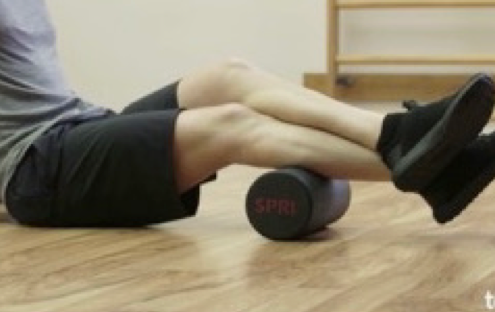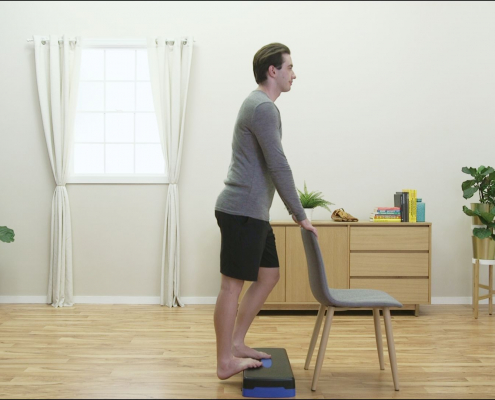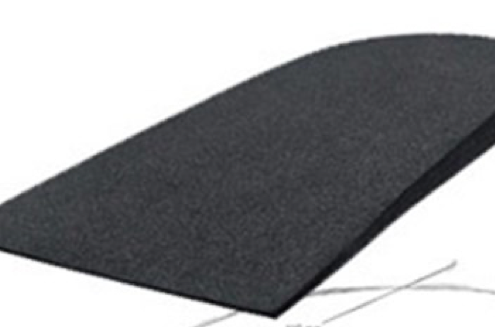How to Improve Running Technique
How to Improve Running Technique: Evidence-Based Tips from Your Physiotherapist
By Aaron Woolley, Physiotherapist
At Robina Physiotherapy on the Gold Coast, we see runners of all levels, from beginners aiming to complete their first 5K to seasoned marathoners looking to set new personal bests. One common question our physiotherapists get is, “How can I improve my running technique and become more efficient?” In this blog, we dive deep into recent research on running biomechanics and economy to give you practical, evidence-based tips to enhance your running performance and reduce injury risk.
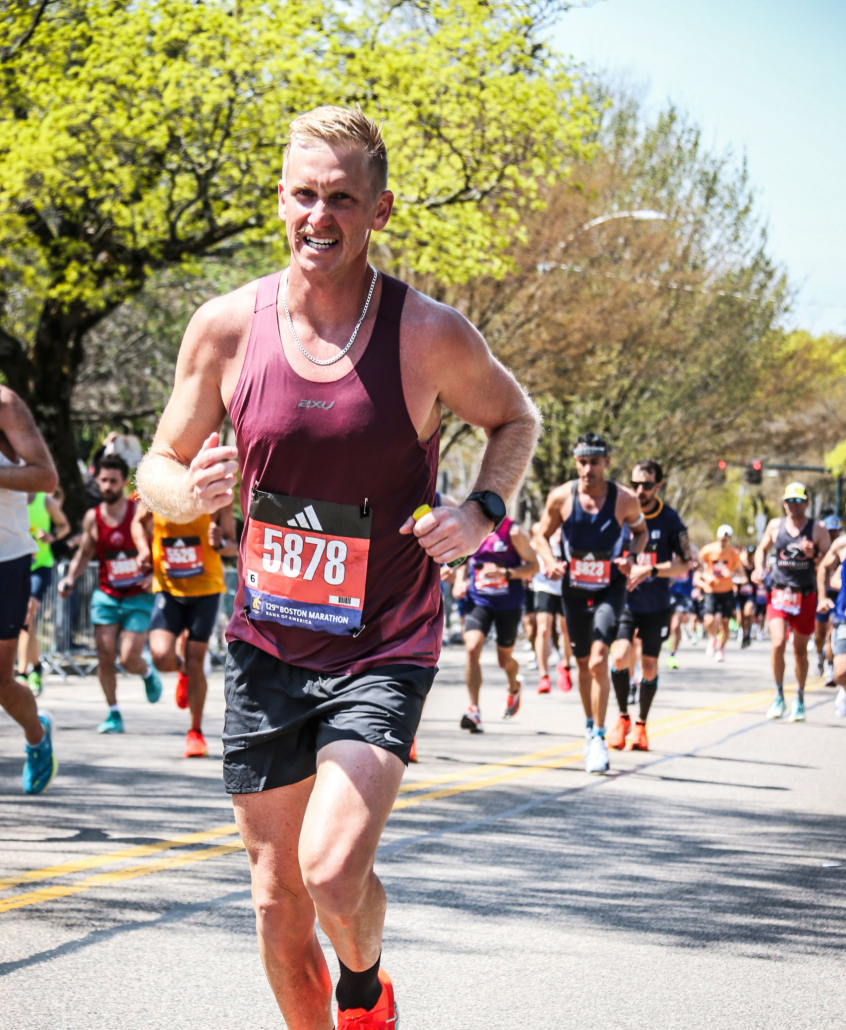
Optimise your stride and reduce injury risk with Robina Physiotherapy’s expert advice.
What is Running Technique (and Running Economy), and Why Does it Matter?
Running economy (RE) refers to how efficiently your body uses oxygen at a given running speed. Simply put, a better running technique and running economy means you’ll use less energy to run at the same pace. Improved running technique allows you to run longer and faster with less fatigue, significantly enhancing your overall performance.
Recent research published in Sports Medicine (Van Hooren et al., 2024) has reviewed numerous biomechanical factors and their relationship with running economy and technique. Here’s what the latest evidence shows and how you can practically apply it.
Effective Ways to Improve Your Running Technique
1. Increase Your Running Cadence
Cadence, or step frequency, is the number of steps you take per minute. Research shows that increasing your cadence, particularly if you naturally have a slower step rate, can lead to improved running efficiency. Higher cadence helps reduce the force of impact with each stride, limiting unnecessary energy expenditure.
Physio Tip:
- Gradually increase your step rate using a metronome app or music with a set BPM on your phone or smartwatch. Aim for small incremental changes of around 5-10% per week. For example, if your current cadence is around 160 steps per minute, aim for 168-176 steps.
2. Reduce Vertical Oscillation
Vertical oscillation refers to how much your body moves up and down while running. Lower vertical movement is strongly associated with better running economy because excessive vertical motion wastes valuable energy.
Physio Tip:
- Practice running drills that emphasize forward movement rather than upward bounce. Skipping drills (A-Skips), fast feet drills, and controlled bounding can all help improve this aspect of your running technique.
3. Improve Leg and Vertical Stiffness
Higher leg stiffness (how spring-like your legs behave when hitting the ground) is linked to improved running economy and technique. It doesn’t mean stiffening your joints but enhancing your body’s natural spring-like action to optimize energy return with each stride.
Physio Tip:
- Incorporate plyometric training such as box jumps, skipping, and hopping exercises into your routine twice a week. Strength training exercises like calf raises, single-leg squats, and lunges also help build leg stiffness and resilience.
4. Strength and Conditioning
Although not directly reviewed in the recent systematic review, a robust body of evidence consistently highlights the importance of strength and conditioning in improving running technique and economy. Strength training, especially of the core, hips, and legs, enhances muscular efficiency and reduces injury risk.
Physio Tip:
- Add at least two strength-training sessions per week, focusing on compound movements such as squats, deadlifts, glute bridges, and core exercises like planks and bird dogs.
What Doesn’t Necessarily Work?
Not every biomechanical adjustment significantly improves running technique or economy. It’s equally important to recognize these to avoid unnecessary focus or frustration.
Footstrike Patterns
Despite popular belief, changing your footstrike from rearfoot to midfoot or forefoot (or vice versa) does not significantly impact running technique or economy. Research shows inconsistent findings, with no clear benefit of one footstrike pattern over another. It’s generally best to stick with your natural footstrike pattern unless you have persistent injuries directly related to your running style.
Excessive Focus on Stride Length
Although stride length might seem important, deliberately lengthening your stride beyond your natural range typically leads to inefficiencies and increased injury risk. The latest research suggests focusing instead on cadence and vertical oscillation to naturally optimize stride length without forceful changes.
Minimalist Footwear
While lighter shoes may marginally improve economy, minimalist footwear does not universally enhance efficiency and may lead to injury if not gradually introduced.
Static Stretching
Extensive static stretching before running does not significantly boost running technique and might even impair performance. Opt for dynamic mobility drills instead.
The Role of Footwear in Running Technique
Modern running shoes vary greatly, from minimalist models to heavily cushioned carbon-plated shoes. Recent studies indicate that while carbon-plated shoes can notably improve running economy for many runners, individual responses vary significantly.
Physio Tip:
- Choose running shoes based on personal comfort, biomechanical alignment, and running goals. Test different shoe types under professional guidance to find your optimal footwear.
Mobility and Flexibility: What Actually Helps?
While excessive static stretching might hinder running efficiency, targeted dynamic mobility exercises can enhance running performance by increasing the functional range of motion and reducing injury risk.
Physio Tip:
- Integrate dynamic warm-up routines with movements such as leg swings, hip circles, and dynamic lunges before every run.
How Robina Physiotherapy Can Help
Improving running technique is not about making drastic changes overnight. It requires gradual, targeted adjustments guided by professional assessment and support. At Robina Physiotherapy on the Gold Coast, our experienced team uses video analysis and comprehensive biomechanical assessment to create a customized program suited precisely to your running style and goals.
We pride ourselves on using evidence-based interventions to help you run more efficiently, faster, and injury-free.
Ready to take your running performance to the next level? Don’t hesitate to Contact Us on (07) 5578 7233 or BOOK ONLINE.
Final Thoughts
Optimising your running technique through targeted biomechanical adjustments offers substantial benefits for runners at any level. By focusing on practical, evidence-supported interventions such as cadence, vertical oscillation reduction, and strength training—and avoiding ineffective fads—you’ll be on your way to your most efficient and enjoyable running yet.
At Robina Physiotherapy on the Gold Coast, we’re here to support every step of your running journey. Happy running!
References
Van Hooren, B., et al. (2024). The Relationship Between Running Biomechanics and Running Economy: A Systematic Review and Meta-Analysis of Observational Studies. Sports Medicine, 54(8), 1269–1316.
